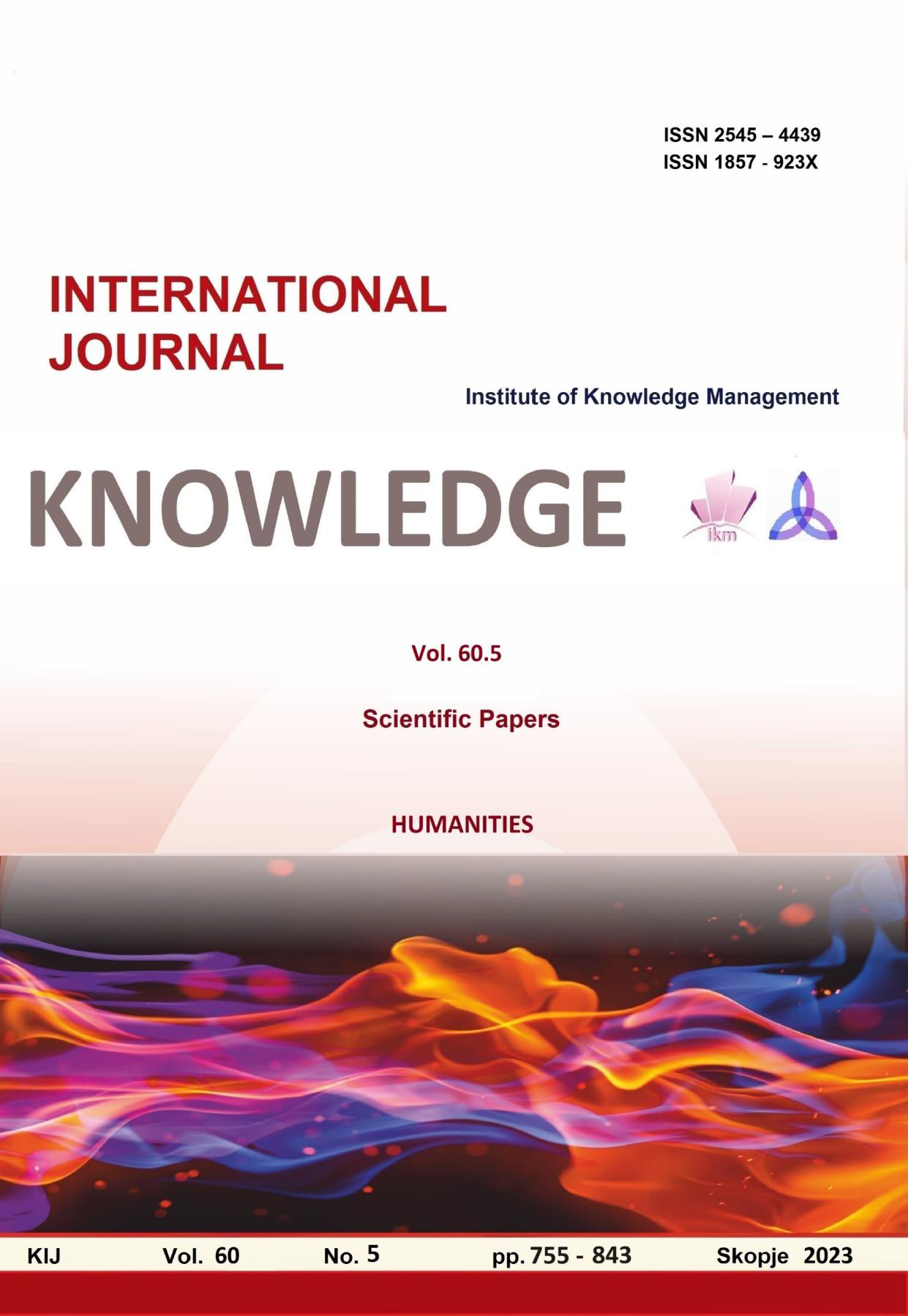MOSZBATIMI I STANDARDIT GJUHËSOR GJATË KOMUNIKIMIT ELEKTRONIK
NON-COMPLIANCE WITH LANGUAGE STANDARDS IN ELECTRONIC COMMUNICATION
Author(s): Farketa Dibra-ZeqiriSubject(s): Language and Literature Studies, Applied Linguistics, Sociolinguistics, Stylistics
Published by: Scientific Institute of Management and Knowledge
Keywords: standard language;electronic communication;language culture;school;students
Summary/Abstract: The last decade has seen a growing concern among linguists, members of academia, researchers and language teachers on the matter of preserving linguistic norms of the Albanian language and the relations they have with new tendencies flowing from language globalization and electronic communication. In the language plane, electronic communication has brought about a new language style, requiring attention and careful examination during teaching mother tongue in general. The language used in electronic texts is far from standard Albanian language. It contains ortographic errors varying in nature, as well as erroneous usage of language by youngsters who do not observe language accuracy. Having the above said in mind, this study focuses on non-compliance of language norms in electronic communication. The importance of this study lies in the fact that it informs us on knowledge that students have on standard Albanian, focusing on ortography rules, since these are the rules that are challenged the most during electronic communication. To achieve the aims of the study we observed four hundred emails, phone SMS, WhatsApp messages, Viber messages, social blogs such as Facebook, Twitter and Linkedin etc., of students aged 15-23. The paper focused on this age group due to the fact that youngsters are the most active users of social networks. The study was conducted in the city of Skopje. The reason for choosing the capital lies in the fact that it offers a dynamic life and diverse linguistic communication. The population in the capital is heterogenous, with various dialects intertwined with new globalized linguistic elements, thus enabling diversity in the language plane. Sample selection was random, 250 students were from high schools, 150 of them from general gymnasium stream, 100 from vocational streams, and 150 university students. In order for our sample to include various categories we combined university students, students of general gymnasium stream and vocational streams, having in mind that mother tongue as a school subject in vocational schools is taught in a limited class fund, due to the fact that such schools focus on professional studies, they do not pay attention to language aspects. The research procedure was planned prior to conducting the study, followed by the on-site data gathering plan, determining locations and times, population and sample determination. The data gathering procedure was conducted in a relatively short period: within a month we managed to gather the necessary feedback from students and university students with whom we had established prior communication thanks to school and university management staff. After gathering the data (emails, SMS, Whats App, Viber, Facebook, Twitter, Linkedin messages), we started processing it. The scientific research methods used in this study were: data analysis and synthesis, induction and deduction methods, classification method, descriptive method.
Journal: Knowledge - International Journal
- Issue Year: 60/2023
- Issue No: 5
- Page Range: 821-827
- Page Count: 7
- Language: Albanian

